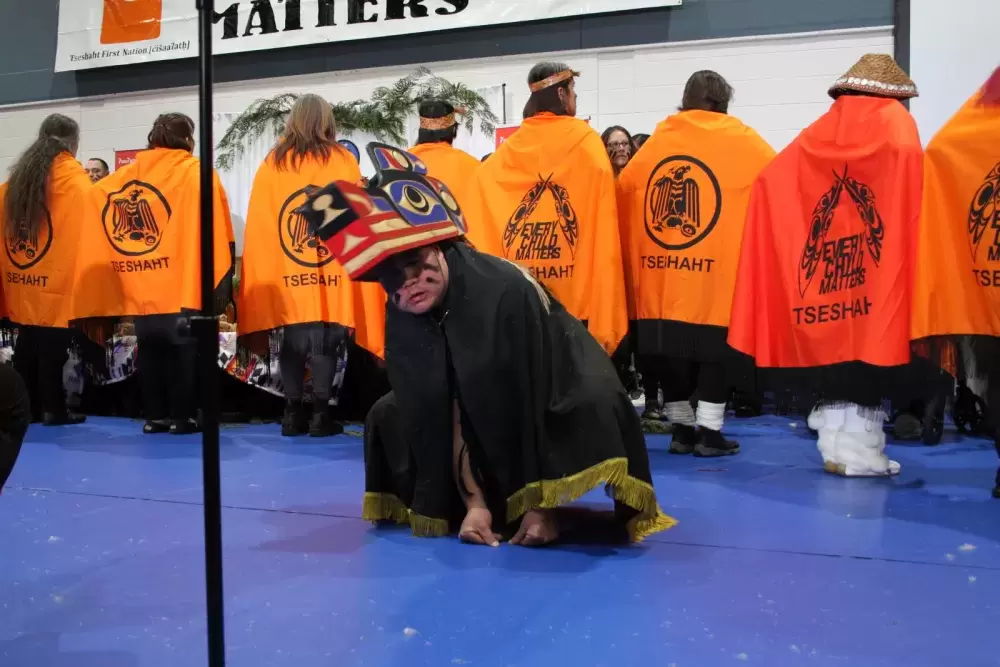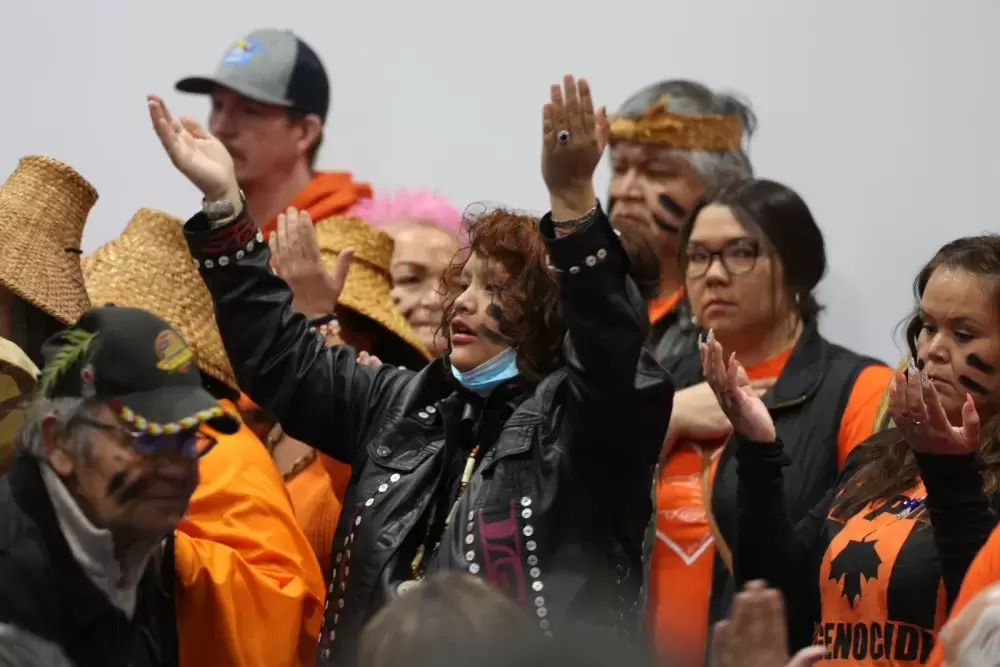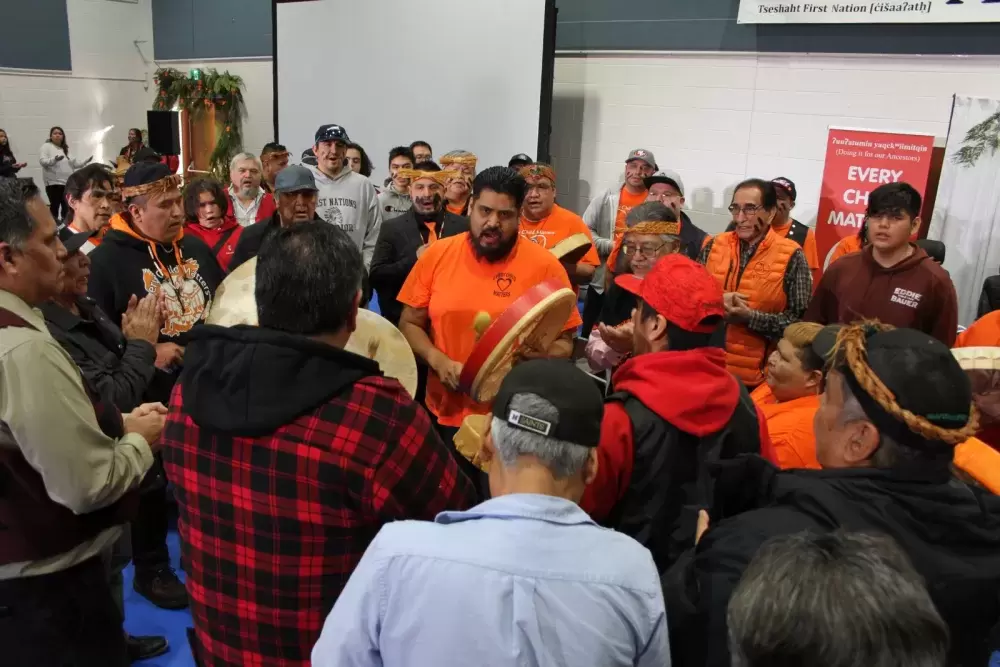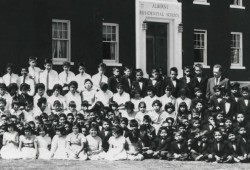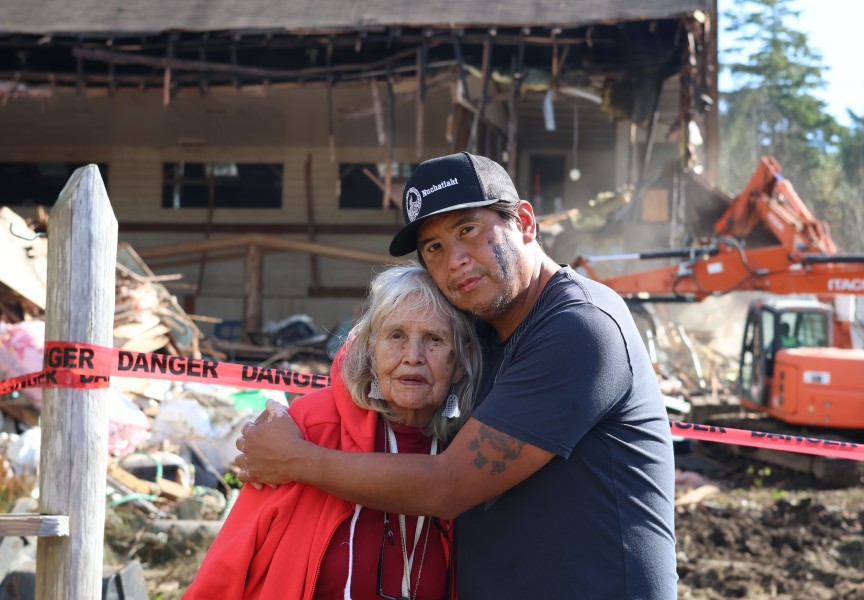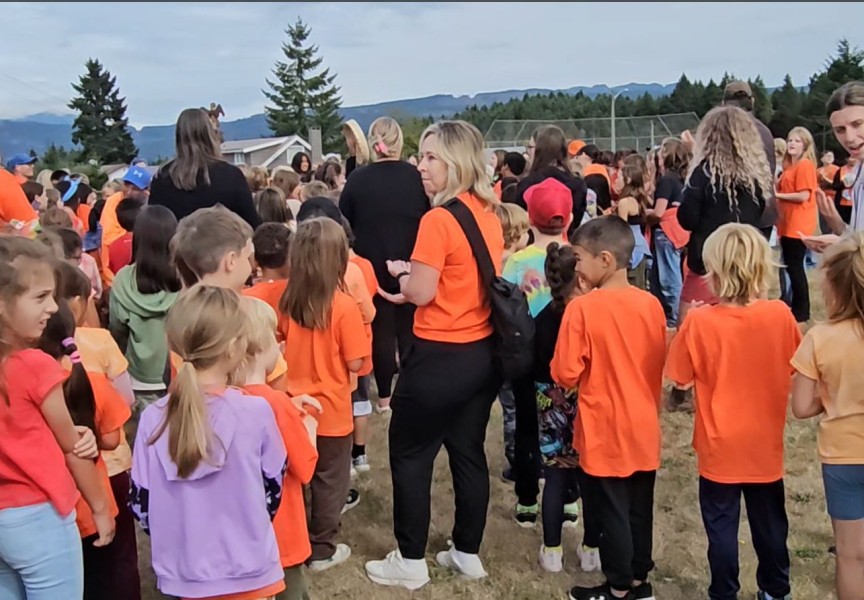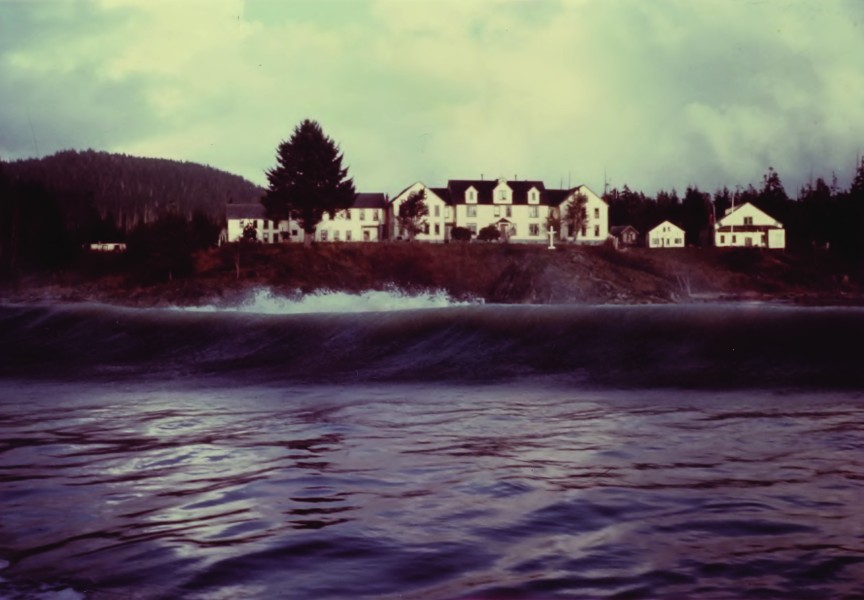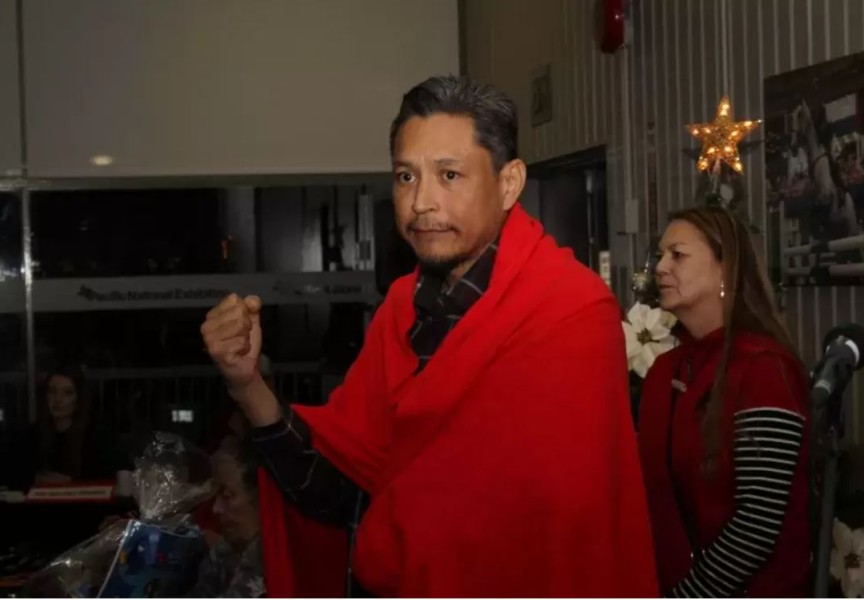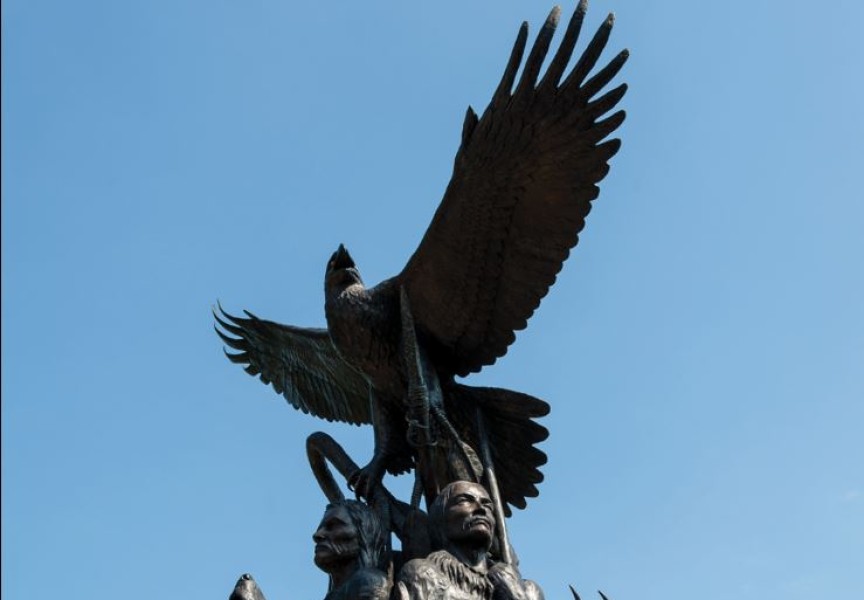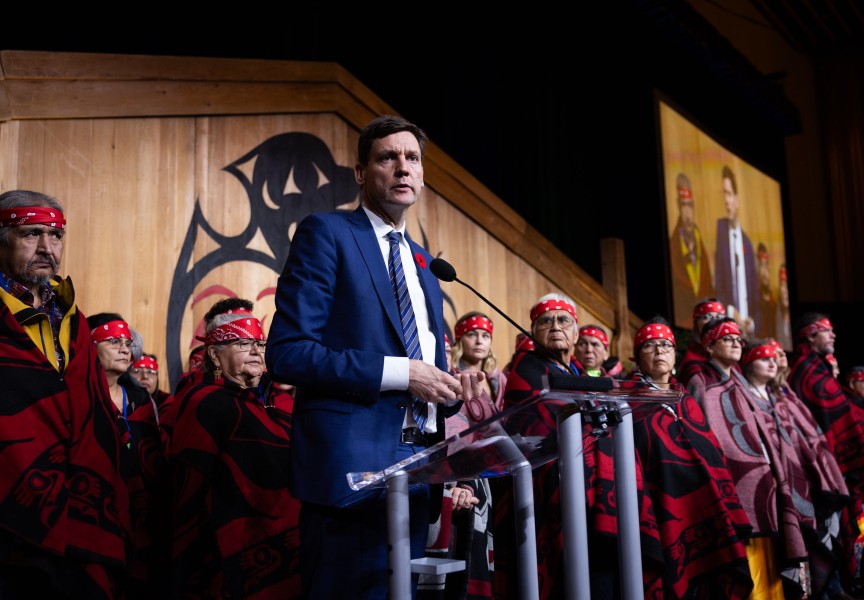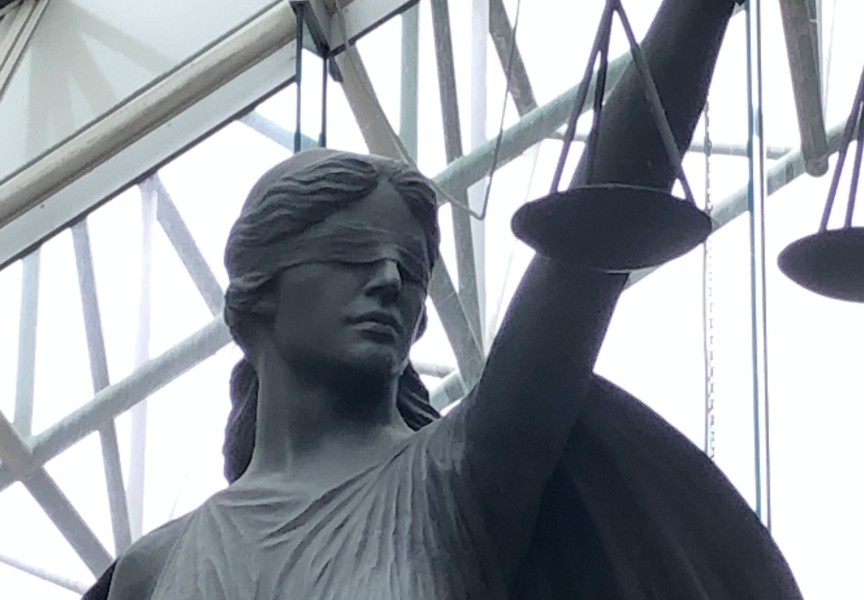In the wake of findings that list 67 children who died while attending the Alberni Indian Residential school, the Tseshaht First Nation is calling on Ottawa to get behind its push to dig deeper into what caused the tragedies.
On Feb. 21 the Tseshaht joined the growing number of First Nations that are leading searches into unmarked burials at the former grounds of residential schools in Canada. Based on testimonies from former students of the Alberni Indian Residential School, historical records as well as scanning from drone-operated LiDAR and ground-penetrating radar, at least 67 children have been identified to have died while attending the institution. The residential school operated in various forms from 1894 to 1974 in Tseshaht territory by the western bank of the Somass River, where it housed children from Nuu-chah-nulth communities and other First Nations from across British Columbia.
As part of the ʔuuʔatumin yaqckʷiimitqin (Doing it for our Ancestors) project undertaken over the past year and a half, Tseshaht contracted GeoScan to conduct LiDAR surface scanning and ground-penetrating radar work of the former residential school site and its surrounding area. GeoScan located 17 spots which it believes could be the possible graves of children, after scanning 12 per cent of the 100 hectares identified by the project team as an area that could potentially contain unmarked burials.
Tseshaht has not announced any intention to excavate these locations for closer examination of the possible burials.
“While Tseshaht is committed to continue to engage with survivors, families and its community, the discussion of excavation and exhumation isn’t part of this phase of the project,” stated the First Nation in a Feb. 21 press release.
As it looks to the next phase, Tseshaht is calling on governments and the churches that ran the residential school to support the investigation into an institution that ran for 80 years in the middle of the First Nation’s main reserve community without its consent. Among its 26 Calls for Truth and Justice are the need for a closer look into the medical records of children who didn’t survive their time at AIRS – including those who were moved from the residential school to a government-run Indian hospital.
Currently privacy laws block the ʔuuʔatumin yaqckʷiimitqin project team from having full access to the records of students while they attended AIRS, said Sheri Meding, the project’s lead researcher.
“There’s a big gap where we don’t have any information about that because we don’t have access to medical records,” she said.
“Overwhelmingly, the cause of death was due to medical conditions,” she added, while addressing an audience at Maht Mahs on Feb. 21. “Conditions that were very clearly inadequate conditions, unhealthy conditions at the school.”
The 26 Calls also include the need for the federal government to fund revisiting research done by Dr. Ian Mosby, which revealed medical and nutritional experiments that were conducted on AIRS students. These findings have “fallen off the government’s radar” since they were announced in 2013, stated the Tseshaht.
Mosby’s findings came out after former prime minister Stephen Harper issued an apology, on behalf of all Canadians, for harms caused by forcing Indigenous children to attend residential schools. Harper’s formal address spoke of emotional, spiritual and sexual abuse at the institutions, and their intent “to kill the Indian in the child.”
But the Tseshaht believe that a revised apology is needed to better address the public’s expanded knowledge of residential school atrocities since 2008, a message from the Government of Canada, the RCMP as well as the Presbyterian and United churches “declaring this a genocide and cultural genocide”. First coined in 1944 to reference the holocaust that was unfolding in Europe, genocide has come to be defined as “intent to destroy, in whole or in part, a national, ethnical, racial or religious group” by the United Nations Office on Genocide Prevention and Responsibility to Protect. The UN includes “killing members of the group,” “causing serious bodily or mental harm” and “forcibly transferring children of the group to another group” in its definition.
In its 26 Calls the Tseshaht note the past role that the RCMP had in removing children from their communities to be taken to residential school. For this reason, multiple references are made for an “independent body” separate from the mounties to further investigations into the AIRS tragedies.
The 26 Calls list items requiring federal funding, such as drug, alcohol and mental health support for the communities affected by AIRS, annual cultural events, as well as a memorial with the names of past students.
The feds also need to fund the tear down of Caldwell Hall, states the Tseshaht. The former AIRS building is to be replaced by a new community centre with a gym, fitness room, commercial kitchen and office space. This is to be done under Canada’s $100-million Indian Residential School Infrastructure Fund, states Call No. 22.
“We need accountability, the students that were lost, the students that never went home,” said AIRS survivor Jack Thompson in Maht Mahs after the project’s initial findings were announce on Feb. 21.
“There should never be cemeteries at schools,” said Tseshaht Chief Councillor Wahmeesh (Ken Watts). “It takes more than one generation to get over 150 years of colonization and abuse or our people.”

